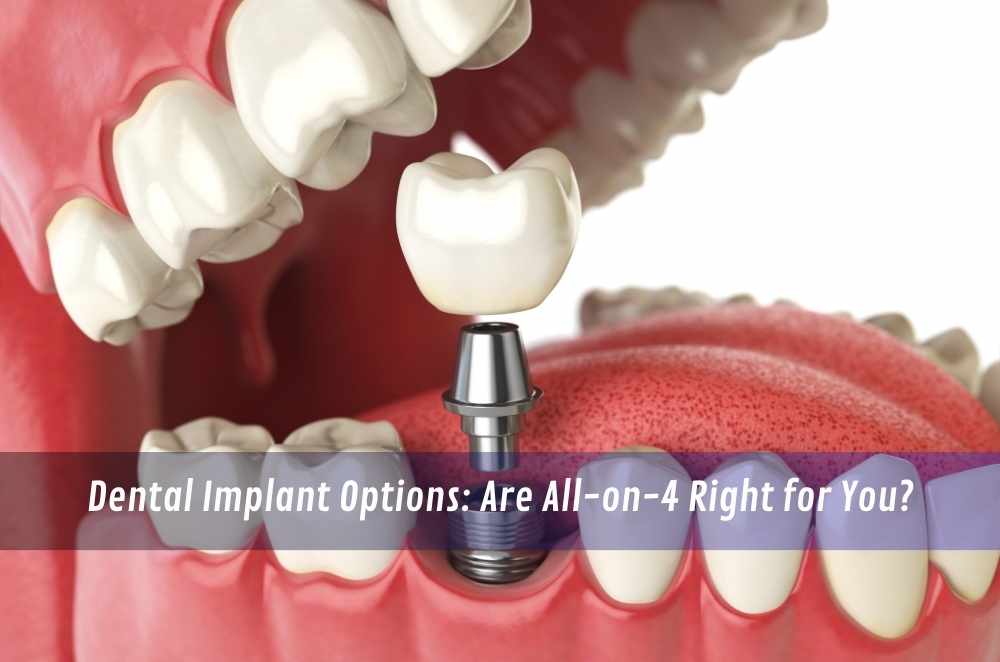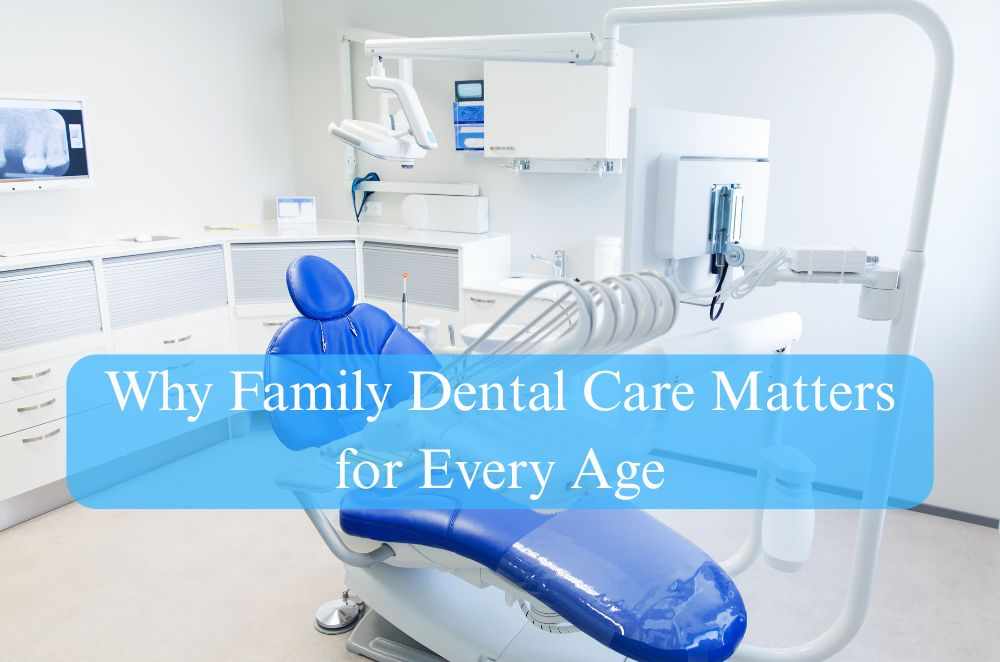
Why dental emergencies can’t wait — and what you can do
Here’s the thing — tooth pain doesn’t wait for business hours. It usually hits at the worst time: after-hours, mid-road trip, or right before a big event.
I found this out the hard way during a weekend trip in the Blue Mountains. One crunch into a salad and I knew something had gone wrong. A molar had cracked clean down the middle. Within minutes, my jaw was swelling, my head was pounding, and I was frantically searching for an “emergency dentist near me” with one hand — and holding an ice pack to my cheek with the other.
If you’ve ever been in that kind of panic, you know how quickly things spiral. That’s why it helps to know how emergency dental services work, what counts as urgent, and what to do before you get professional help.
What counts as a dental emergency?
Not every mouth issue means a trip to the emergency dentist. But some do — and waiting can make them worse.
Here’s when you should call, no questions asked:
A tooth that’s been knocked out or badly loosened
A severe, throbbing toothache you can’t ignore
Broken teeth with sharp edges or nerve exposure
Bleeding that won’t stop after 10 minutes
Swelling in your face or jaw, especially if it’s spreading
Signs of infection, like pus, fever, or a nasty taste
First steps while you wait for help
When you’re in pain, waiting for an appointment can feel like forever. But those first 30 minutes are crucial, especially if a tooth has been knocked out or there’s trauma involved.
Knocked-out tooth?
Pick it up by the crown (top), not the root
Rinse it gently in milk or saline — don’t scrub
Try to place it back in the socket
If you can’t, pop it in milk or tuck it inside your cheek
Tooth pain or a cracked tooth?
Rinse with warm saltwater
Take ibuprofen or paracetamol
Use a cold pack on the outside of your cheek
Avoid chewing on that side
Bleeding?
Bite down gently on a clean cloth or gauze
Keep your head elevated
Don’t lie back — that makes things worse
If it hasn’t slowed in 10 minutes, you need urgent care
And for a sanity check, the Department of Health has a great explainer on urgent dental care guidelines. It’s good to have bookmarked — especially if you’ve got kids.
That time I didn’t wait — and it paid off
Back to that salad incident. I rang a local clinic and explained what happened. Even though it was a Saturday, they managed to see me within a few hours.
Turns out, the tooth had split vertically. If I’d waited another day, it would’ve needed extraction. But because I came in early, they were able to save it with a crown. The relief was massive — physically and mentally.
It’s a reminder: pain is your body’s fire alarm. Don’t hit snooze on it.
How to find the right emergency dental care (before you need it)
Pain scrambles your thinking. That’s why it’s smart to have a go-to clinic before you're in crisis.
What to look for:
Clinics with after-hours or weekend availability
Dentists who can handle trauma, extractions, or root canals on-site
Flexible payment options or health fund support
Reviews that mention speed, professionalism, and empathy
If you’re around Katoomba or Wentworth Falls, Blue Mountains Dental is a solid option. They offer same-day emergency care and take walk-ins for the most urgent cases.
But remember — if your face is swelling rapidly or you’re having trouble breathing, don’t wait. Head straight to the hospital.
Managing pain at home (when you have to)
Sometimes, you just can’t get seen straight away. Maybe it’s late. Maybe you’re travelling. Whatever the reason, there are ways to ease the pain temporarily.
Here’s what works:
Cold compresses — 15 minutes on, 15 off
Saltwater rinses — 3–4 times a day
Clove oil — dabbed on a cotton swab (but not too much)
Numbing gel — short-term fix, but can take the edge off
Soft food only — and skip the hot drinks
Want a deeper dive? We’ve got a blog packed with toothache remedies at home that covers all the safe options while you wait for the real fix.
How to avoid emergencies in the first place
Here’s what I wish I’d done sooner:
Wore a mouthguard while playing footy
Gone in for that check-up, I kept rescheduling
Stopped crunching ice like it was popcorn
Paid attention to the tiny twinges and didn’t wait until they screamed
Some other simple prevention tips:
Don’t use your teeth as tools (no more bottle caps!)
Replace old fillings or crowns before they fail
Visit your dentist twice a year, even if everything feels fine
It’s not about perfection — just protection.
What happens during an emergency dental visit?
If you’ve never had to book one, here’s the gist:
You’ll explain what happened and when
The dentist will examine the area and likely take an X-ray
You’ll get immediate relief — whether that’s draining an abscess, placing a temporary filling, or prescribing antibiotics
In some cases, full treatment will happen later (e.g., root canals or crowns)
It’s fast, focused, and all about making you stable and pain-free.
Final thoughts: Stay ready, not reactive
A dental emergency can catch anyone off guard. But when you know what to look for — and who to call — you’re not stuck scrambling for answers.
So, whether you’ve knocked out a tooth, woken up with jaw pain, or have swelling that just won’t quit, trust your gut. Act quickly. And don’t try to tough it out — that usually makes things worse.
Want to get a better understanding of what dentists see in emergencies — and how they handle different cases? This deep dive on common dental emergencies explained breaks it all down with simple, practical insights.






Write a comment ...